
Pregnancy and Infant Loss Awareness Month – October
When parents lose their child, there isn’t a word to describe them. Learn more about Pregnancy & Infant Loss Awareness Month.

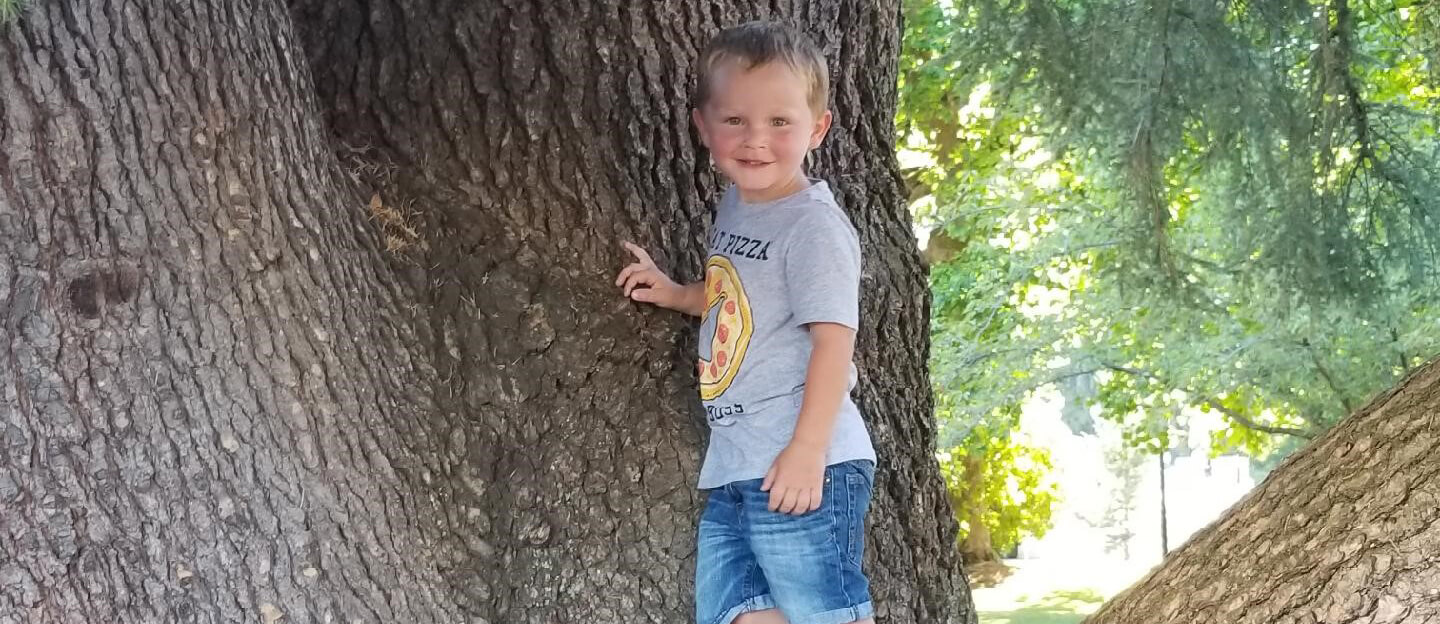
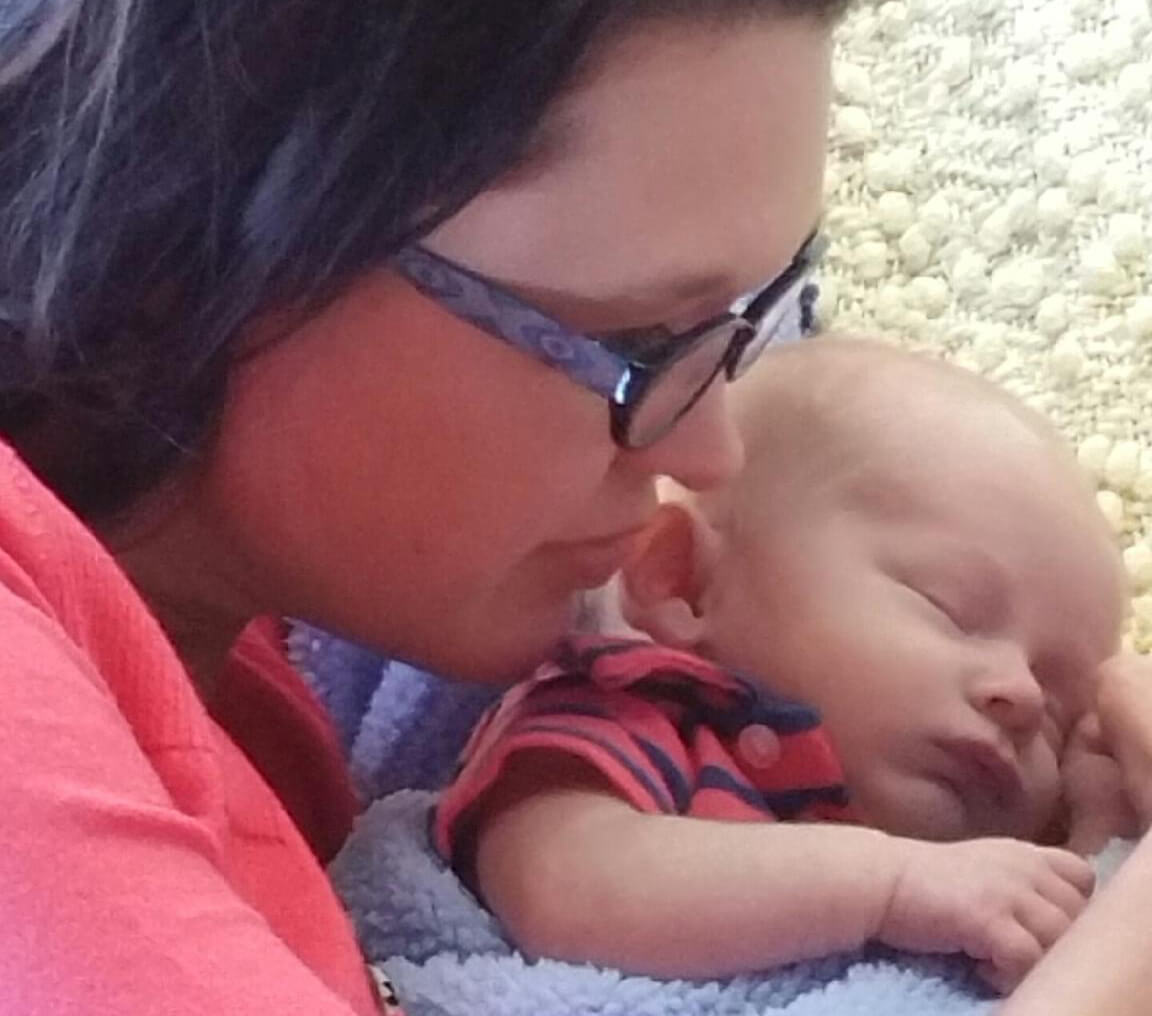
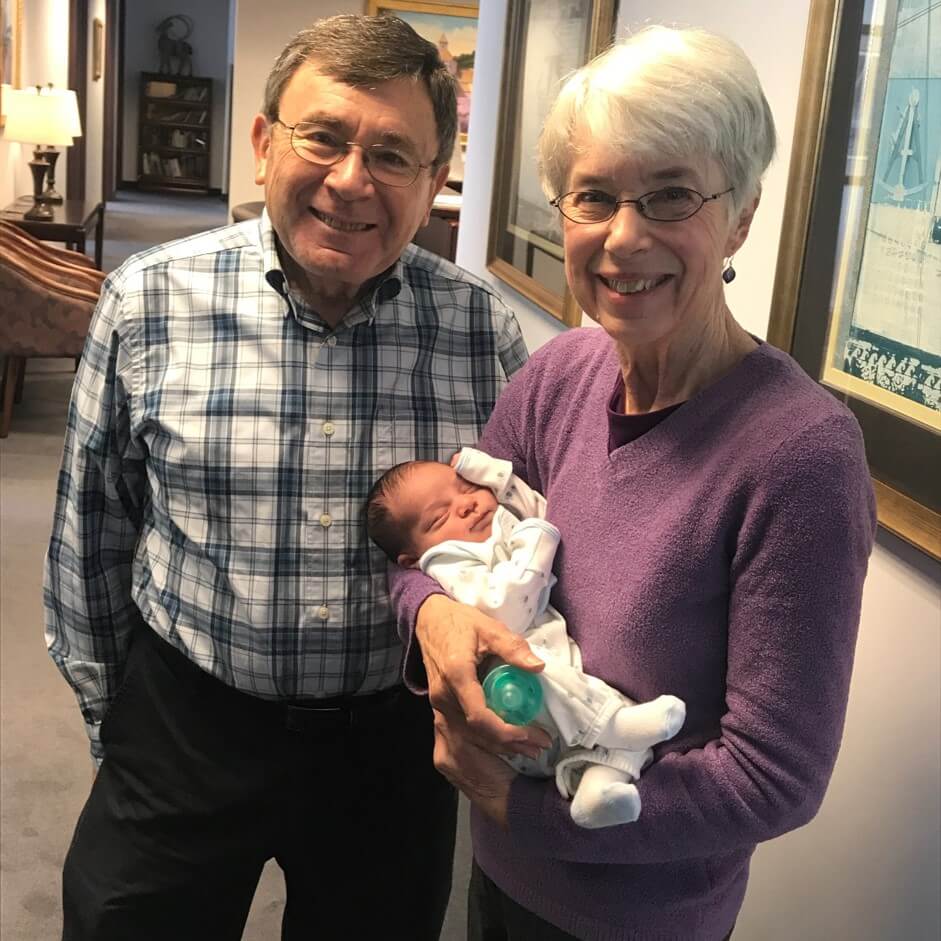



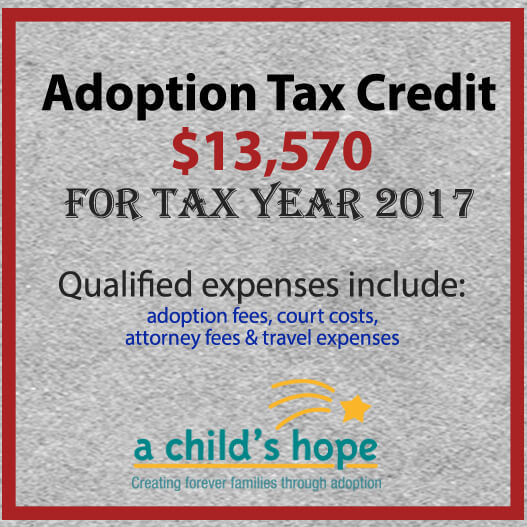
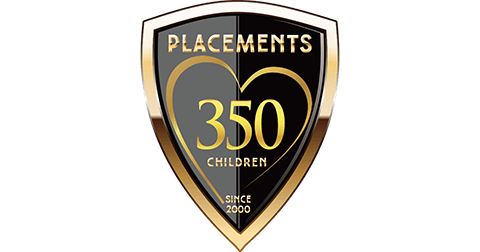
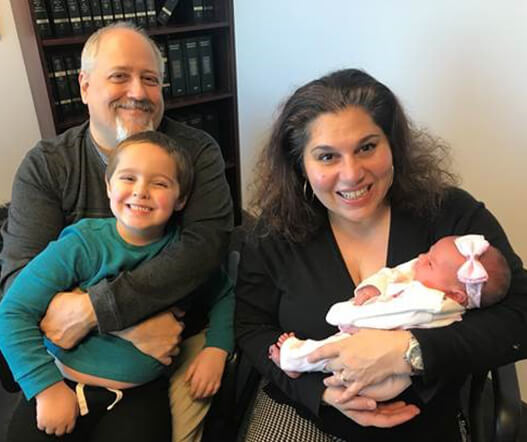
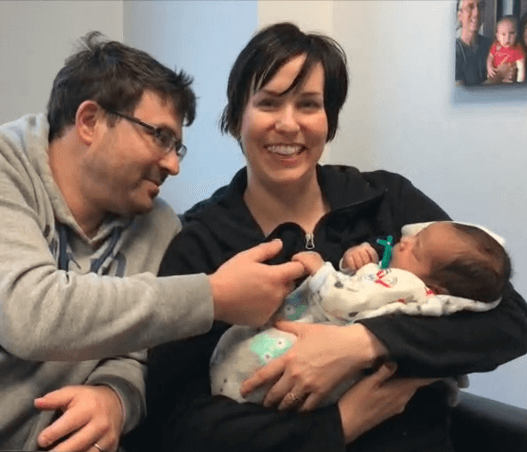

Speak with one of our adoption counselors.
Call or text the Pregnancy Hotline 24/7
Get guidance on opportunities & next steps.
Our office is open in Raleigh, NC.
© 2026 A Child's Hope. All Rights Reserved.
Please select the first day of your last period
Your last period date: